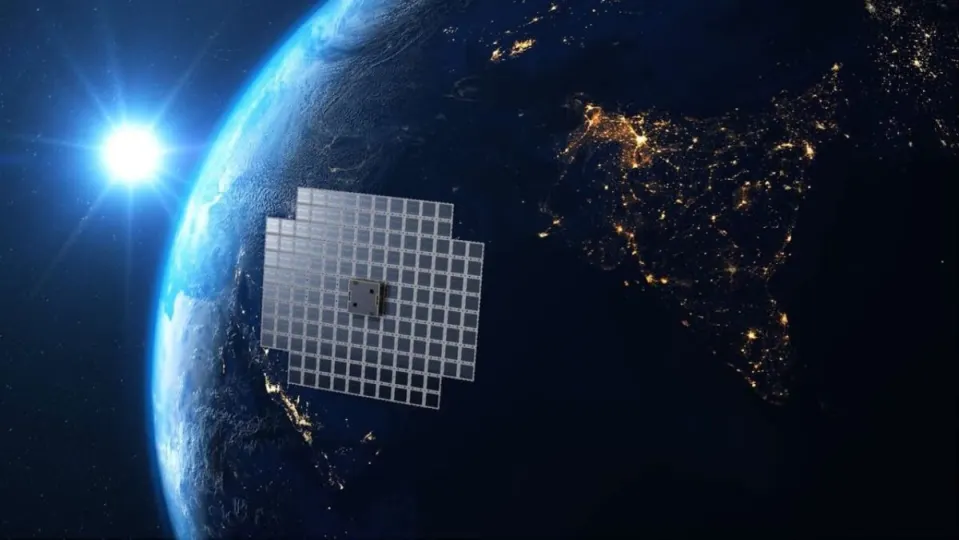I remember that, when I was a little child, I asked my parents about a “mysterious star” that shone very brightly in the night sky, with an almost reddish color.
Well, it turns out it wasn’t a star, but a planet: Mars, and we could see it from Earth thanks to its relative proximity and the light it reflected from the Sun. A planet that sometimes reflects so much light that it’s one of the few things we can see in the sky from areas with a lot of light pollution.
Now, imagine if in the night sky there existed something even brighter than practically any star or planet visible to the naked eye. Well, it does exist, and it’s a telecommunications satellite: the BlueWalker 3. A device that, according to a study published in Nature, would outshine 99% of the stars visible from a dark place on our planet.
Launched in 2022, BlueWalker 3 is the prototype of a fleet of satellites by the company AST SpaceMobile designed to provide mobile Internet almost anywhere on Earth (a concept similar to SpaceX’s Starlink).

The problem is that both the satellite’s white color and its enormous array of antennas are capable of reflecting an immense amount of sunlight back to Earth, making the satellite visible even during sunsets and hindering scientific observations.
To assess the satellite’s effects, an international group of professional and amateur astronomers dedicated themselves to sighting it from locations all over the world, such as the United States, Mexico, Chile, or New Zealand, evaluating its brightness according to the magnitude scale, where brighter objects have smaller numbers (for example, Venus has a magnitude of -4.6).
The BlueWalker 3 had a brightness of magnitude +0.4 when it deployed its large array of antennas in November 2022, making it one of the brightest objects in the sky. Despite its brightness dimming on several occasions due to its position while rotating (reaching a brightness of magnitude +6), it returned to a brightness of +0.4 in April 2023.


